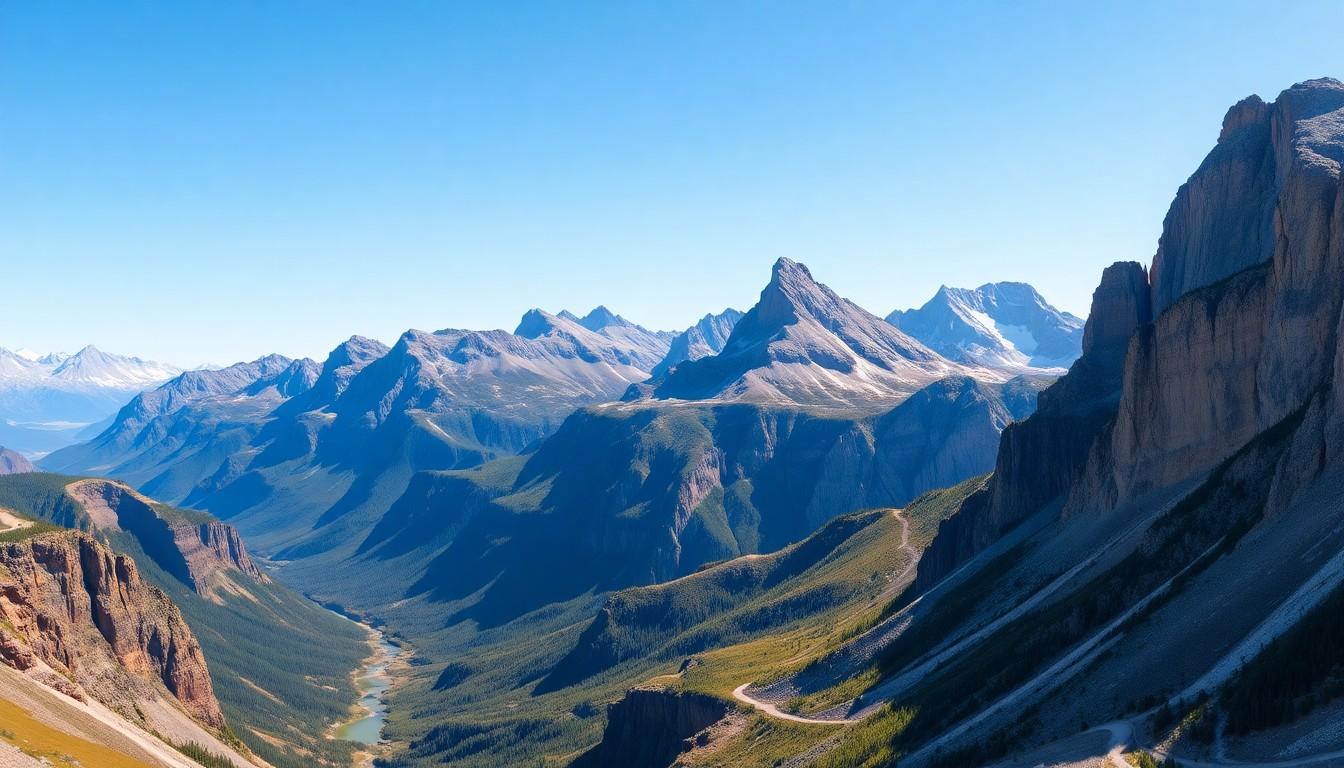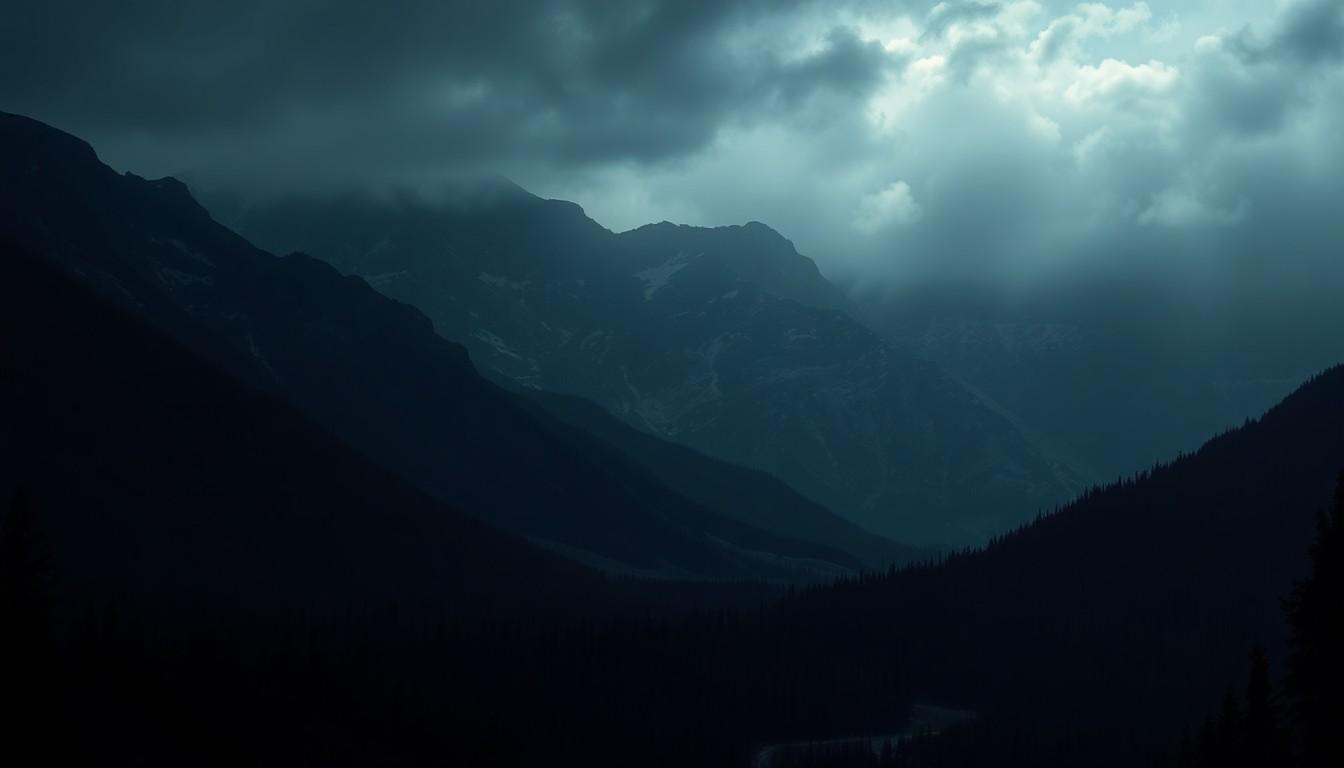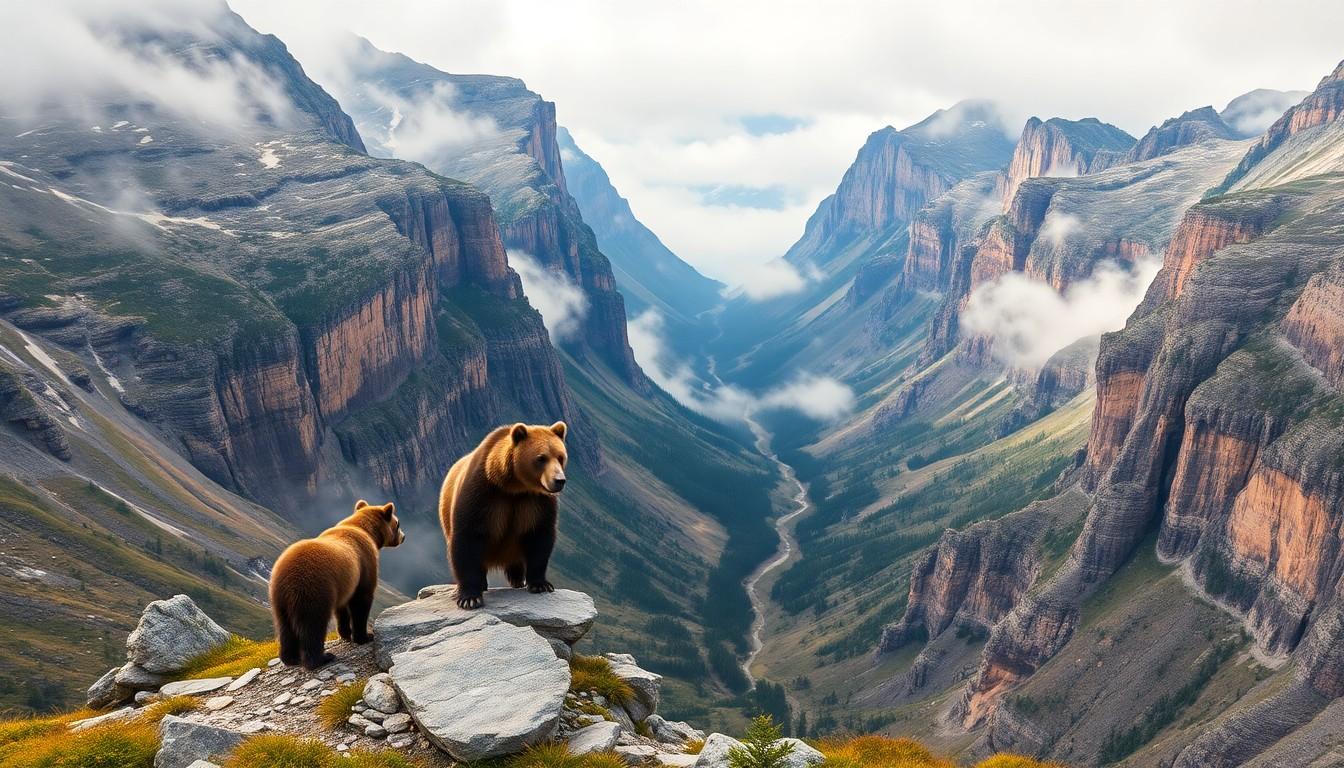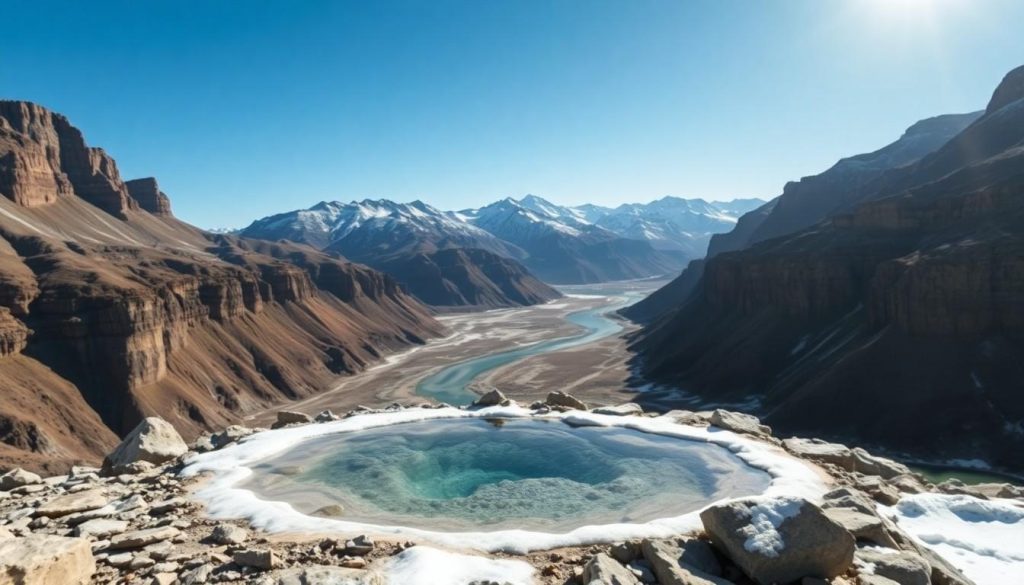Deep within Canada’s Northwest Territories lies a mysterious and foreboding place, Headless Valley. This remote wilderness along the South Nahanni River has captivated explorers and sparked countless legends with its untamed beauty and dark history of disappearances.
Named after the gruesome discoveries of decapitated prospectors in the early 1900s, the valley has become infamous for its unexplained phenomena and dangerous terrain. From its towering Virginia Falls to the eerie hot springs that never freeze even in the coldest winters, this region intrigues scientists, adventurers, and paranormal enthusiasts alike. The valley’s reputation for claiming lives and harboring unexplained mysteries has earned it a place among North America’s most enigmatic locations.
The History and Mystery of Headless Valley
The Nahanni Valley’s indigenous heritage spans over 10,000 years, with the Dene people serving as its primary inhabitants. Ancient legends tell of the Naha, a fierce mountain-dwelling tribe known for raiding lowland settlements before their unexplained disappearance.
The valley gained its ominous nickname in 1908 after a grim discovery involving the McLeod brothers. Willie and Frank McLeod ventured into the region in 1906, pursuing rumors of gold deposits. Their younger brother Charlie’s search party found their decapitated bodies in an area now known as Deadmen Valley.
Key Historical Events in Nahanni Valley:
| Year | Event | Significance |
|---|---|---|
| Pre-1900s | Dene settlement | Indigenous occupation for 10,000+ years |
| 1906 | McLeod brothers’ expedition | First documented gold prospectors |
| 1908 | Discovery of remains | The area was renamed to Headless Valley |
The mysterious circumstances surrounding these events have led to numerous theories about the valley’s dark history:
- Ancient tribal conflicts between the Naha warriors and lowland settlers
- Environmental hazards causing inexplicable disappearances
- Geographic isolation created dangerous conditions for early explorers
- Territorial disputes among gold prospectors led to violence
The Dene people’s oral traditions provide insights into the valley’s historical significance:
- Sacred sites scattered throughout the region
- Traditional hunting grounds spanning generations
- Ancient migration routes through the valley
- Ceremonial locations marked by natural formations
The valley’s reputation combines documented historical events with indigenous knowledge, creating a complex narrative that intrigues researchers. Geographic isolation and challenging terrain have preserved many mysteries, making it a unique testament to Canada’s frontier history.
The Location and Geography of Nahanni National Park

Nahanni National Park Reserve is located in the southwest corner of Canada’s Northwest Territories, 500 km west of Yellowknife. The park encompasses sections of the Mackenzie Mountains Natural Region, including the Hyland Plateau, Selwyn Mountains, Liard Plateau, and Mackenzie Plain.
The South Nahanni River System
The South Nahanni River (Naha Dehé in Dene language) forms the central feature of the park, stretching 563 km through the rugged landscape. This tributary of the Liard River flows southeast from the Mackenzie Mountains, carving deep canyons through the traditional territory of the Dehcho Dene people.
Unique Geological Features
The park’s distinct geological formations showcase ancient limestone caves, thermal springs, granite spires, and deep canyons. Notable features include:
- Four towering canyons reaching depths of 1,000 meters
- Extensive karst systems with underground streams
- Ram Plateau’s distinctive flat-topped mountains
- Mineral springs create tufa mounds
- Exposed rock layers dating back 500 million years
- Natural hot springs that maintain year-round temperatures of 30°C
- Dramatic cliffs composed of limestone and dolomite
Strange Disappearances and Local Legends

The Nahanni Valley’s dark reputation stems from numerous unexplained disappearances dating back to the early 1900s. Indigenous tribes, particularly the Dene people, have long avoided this region due to their beliefs about warrior spirits and magical lost tribes inhabiting the area.
The Missing McLeod Brothers
During their gold prospecting expedition, Willie and Frank McLeod disappeared into the Nahanni Valley in 1908. Their headless skeletons were discovered in the spring of 1909, with their skulls separated from their bodies. The mysterious circumstances surrounding their deaths sparked intense speculation about the valley’s dangers, establishing the first documented case of decapitation in the region.
Other Vanished Prospectors
Multiple prospectors met similar fates in the years following the McLeod brothers’ incident:
- Martin Jorgenson perished in 1917 when his cabin burned down, with only his charred skull recovered from the ashes
- John O’Brien vanished in 1926, with no trace of his body ever found
- Phil Powers disappeared in 1932, leaving only his abandoned camp as evidence of his presence
- The Swiss prospector Joseph Mulholland never returned from his 1934 expedition
| Year | Missing Person | Evidence Found |
|---|---|---|
| 1908 | McLeod Brothers | Headless skeletons |
| 1917 | Martin Jorgenson | Charred skull |
| 1926 | John O’Brien | No trace |
| 1932 | Phil Powers | Abandoned camp |
| 1934 | Joseph Mulholland | None |
- White demons roaming the mountainous terrain
- Wahilas (giant wolves) hunt in packs
- Warrior ghosts protecting sacred territories
- Lost tribes practicing ancient magic
Scientific Explanations Behind Valley Deaths

The deaths and disappearances in Headless Valley have documented scientific explanations rooted in environmental factors. Physical evidence from historical cases points to natural causes rather than supernatural phenomena.
Natural Hazards and Dangers
The Nahanni Valley contains numerous hazards that create life-threatening conditions for visitors. Cliffs, deep canyons, and unstable terrain increase the risk of fatal accidents. The case of the McLeod brothers in 1908 suggests their deaths resulted from navigational errors in treacherous landscapes. Large predators inhabit the region, including grizzly bears, wolves, and mountain lions, capable of causing severe injuries. The pattern of decapitations often attributed to mysterious forces aligns with post-mortem animal scavenging behaviors.
- Hypothermia risks from sudden temperature drops
- Dehydration due to limited water sources in remote areas
- Navigation difficulties from dense fog formations
- Avalanche dangers during seasonal transitions
- Flash flooding along the South Nahanni River
- Ice formation hazards near thermal springs
| Environmental Factor | Impact on Survival |
|---|---|
| Winter Temperature | Below -40°C |
| Summer Temperature | Above 30°C |
| Annual Precipitation | 500mm |
| Elevation Change | 1,500m variation |
Modern Tourism and Adventure Opportunities
Nahanni National Park Reserve offers guided adventures through Headless Valley’s rugged terrain. The valley attracts outdoor enthusiasts with world-class rafting expeditions along the Nahanni River through Second Canyon.
Guided Tours and Safety Measures
Licensed outfitters provide expert-led tours through Headless Valley with comprehensive safety protocols. Each tour includes professional guides trained in wilderness navigation, emergency response procedures, and satellite communication devices for remote areas. Parks Canada mandates tour operators maintain specific guide-to-visitor ratios: 1:6 for whitewater activities and 1:8 for hiking excursions.
Tour options include:
- 7-day rafting expeditions through Second Canyon
- 5-day canoeing trips along the Nahanni River
- 3-day camping adventures in Deadmen Valley
- Single-day hiking excursions to geological formations
Best Times to Visit
The optimal visiting period spans from June through September when temperatures range between 10-20°C (50-68°F). Key seasonal considerations:
| Month | Average Temperature (°C) | Precipitation (mm) | Activities Available |
|---|---|---|---|
| June | 15 | 45 | Hiking, Rafting |
| July | 20 | 60 | All Activities |
| August | 18 | 55 | All Activities |
| Sept | 12 | 40 | Limited Rafting |
- Mountain caribou migrate through the valley
- Grizzly bears forage in alpine meadows
- Dall sheep occupy higher elevations
- Peregrine falcons nest on cliff faces
Conclusion
Headless Valley is one of North America’s most intriguing and mysterious landscapes. While its dark reputation stems from historical deaths and indigenous legends, the valley’s true nature lies in its breathtaking wilderness and challenging terrain.
Today’s visitors can safely explore this remarkable destination through guided adventures that showcase its natural wonders and rich cultural heritage. The valley serves as a powerful reminder that some of Earth’s most beautiful places can also be its most dangerous, requiring respect, caution, and proper preparation to experience their majesty safely.
The transformation of Headless Valley from a feared wilderness to a protected national treasure demonstrates how proper management can preserve natural wonders and historical mysteries for future generations to discover.

